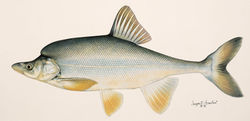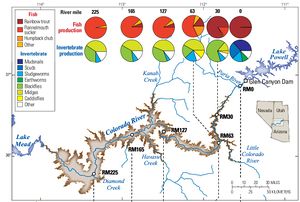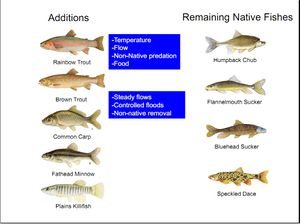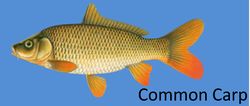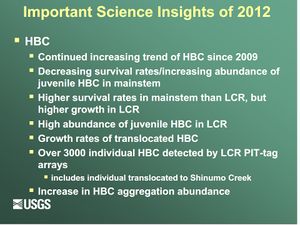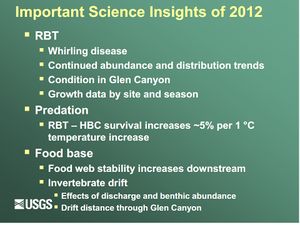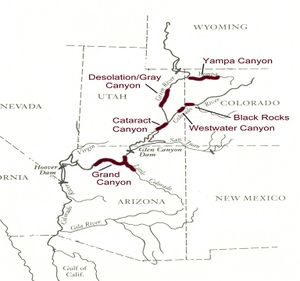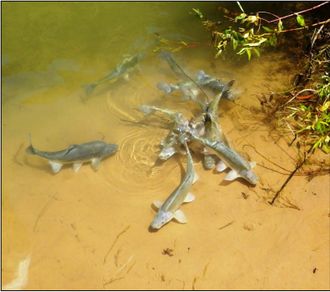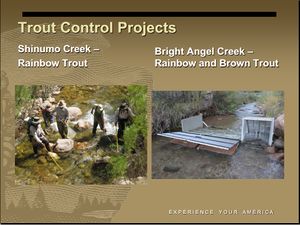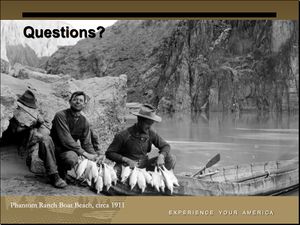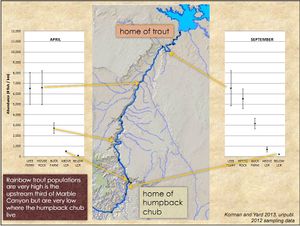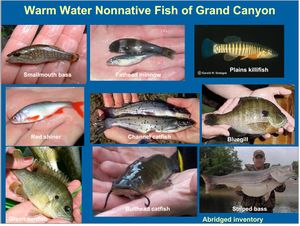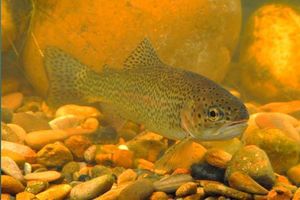Difference between revisions of "FISH"
(fix) |
(fish) |
||
| Line 67: | Line 67: | ||
===''Quick Facts''=== | ===''Quick Facts''=== | ||
| − | + | *Diet studies of Rainbow Trout and Brown Trout in Grand Canyon indicate that these species do eat native fish. | |
*[http://www.usbr.gov/uc/rm/amp/amwg/mtgs/11aug24/Attach_06.pdf Rainbow Trout are less piscivorous than Brown Trout, but there are more RBT than BRT] | *[http://www.usbr.gov/uc/rm/amp/amwg/mtgs/11aug24/Attach_06.pdf Rainbow Trout are less piscivorous than Brown Trout, but there are more RBT than BRT] | ||
**"Brown Trout consumption rate '''20 times''' that of Rainbow Trout..." (MYard) | **"Brown Trout consumption rate '''20 times''' that of Rainbow Trout..." (MYard) | ||
Revision as of 15:29, 28 May 2015
|
Description The Colorado River running through Grand Canyon once hosted one of the most distinctive fish assemblages in North America. The wild Colorado River presented fish with a challenging and variable aquatic habitat: very large spring floods, near-freezing winter temperatures, warm summer temperatures, and a heavy silt load. Note that only eight fish species were native to Grand Canyon. Of the eight species, six are endemic, meaning that they are only found in the Colorado River basin. (NPS)
|
| Fish Species of the Colorado River in Lower Glen Canyon and Grand Canyon (See Fish Table) |
TBD (TBD) |
TBD (TBD) |
|---|
|
LINK: usbr/amp/amwg/mtgs/13feb20/Attach_07b|||||||| |
